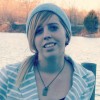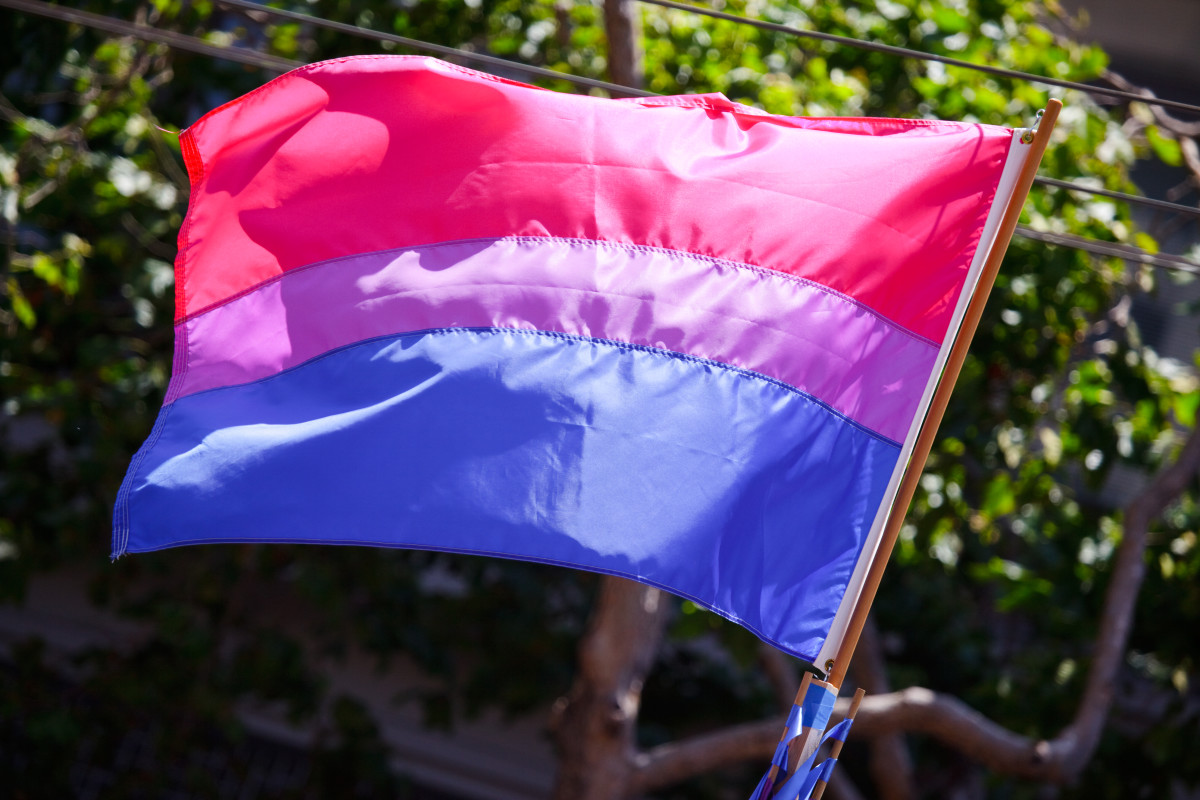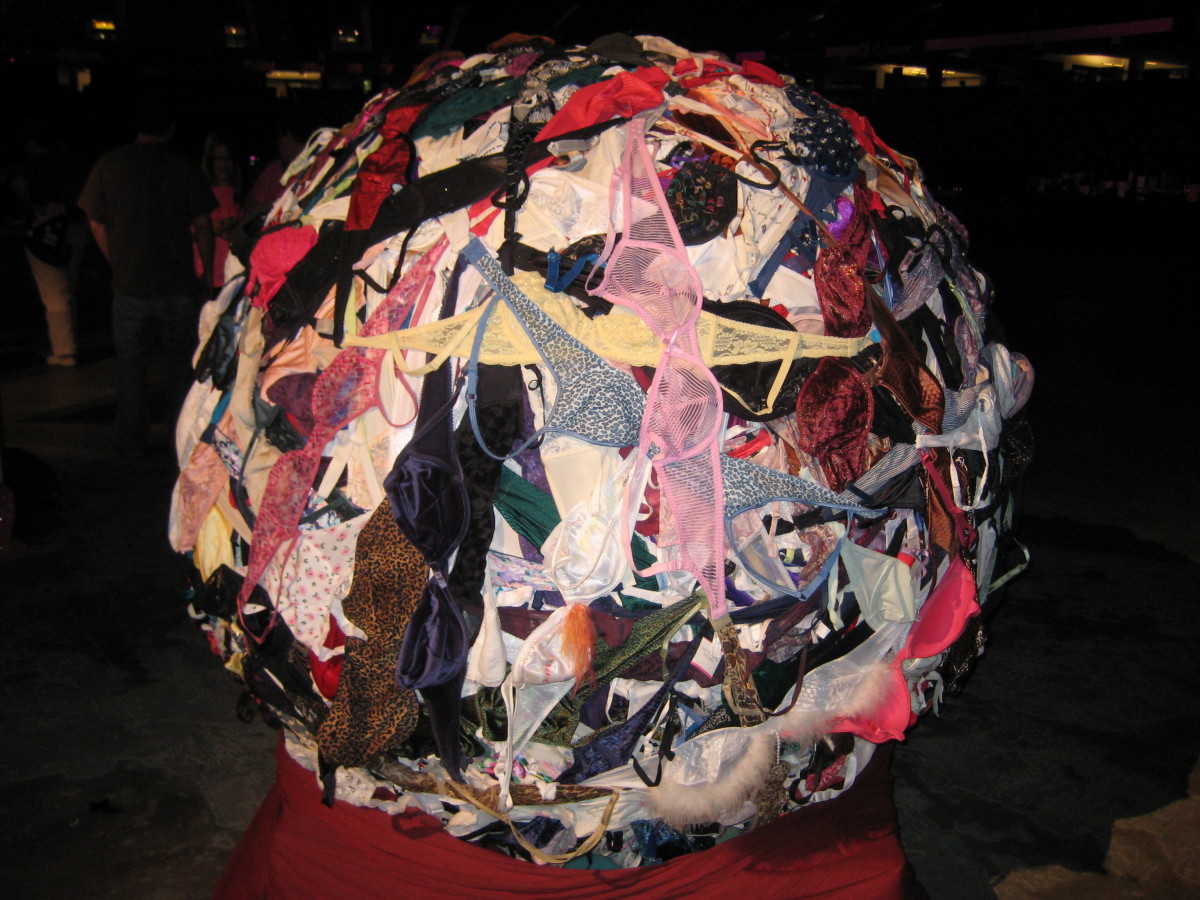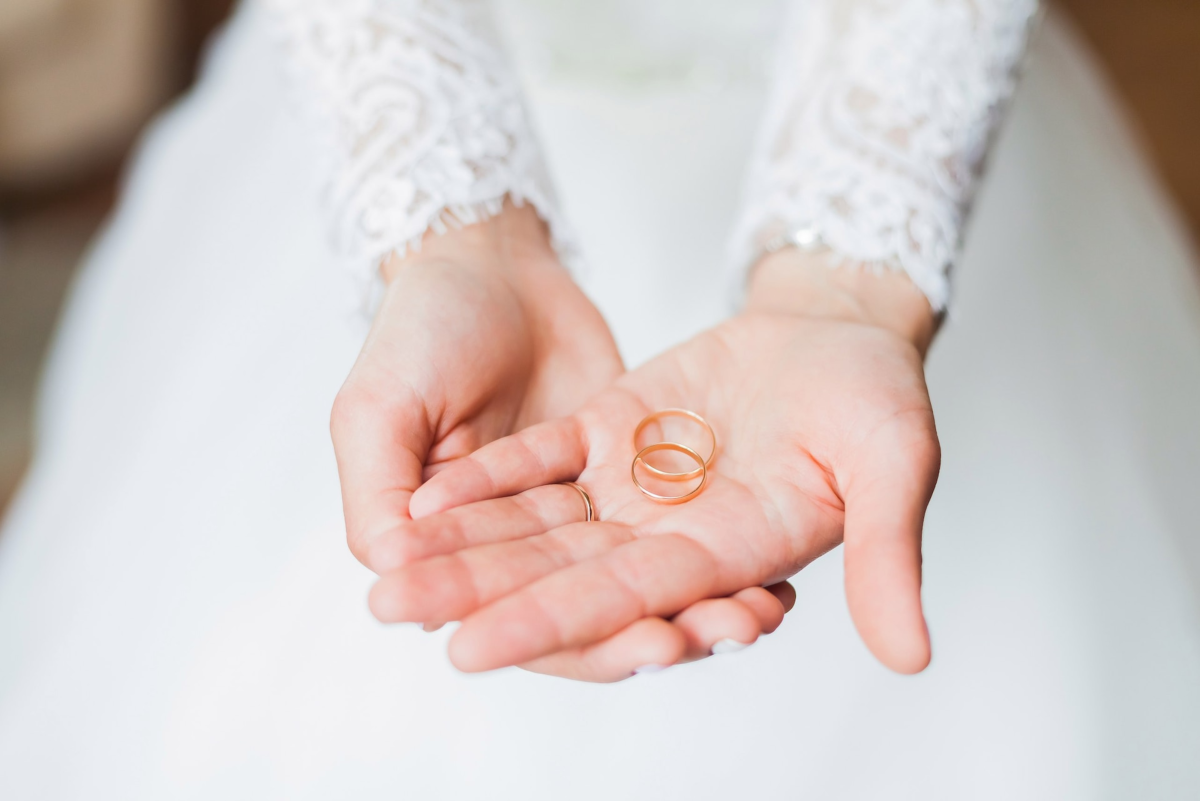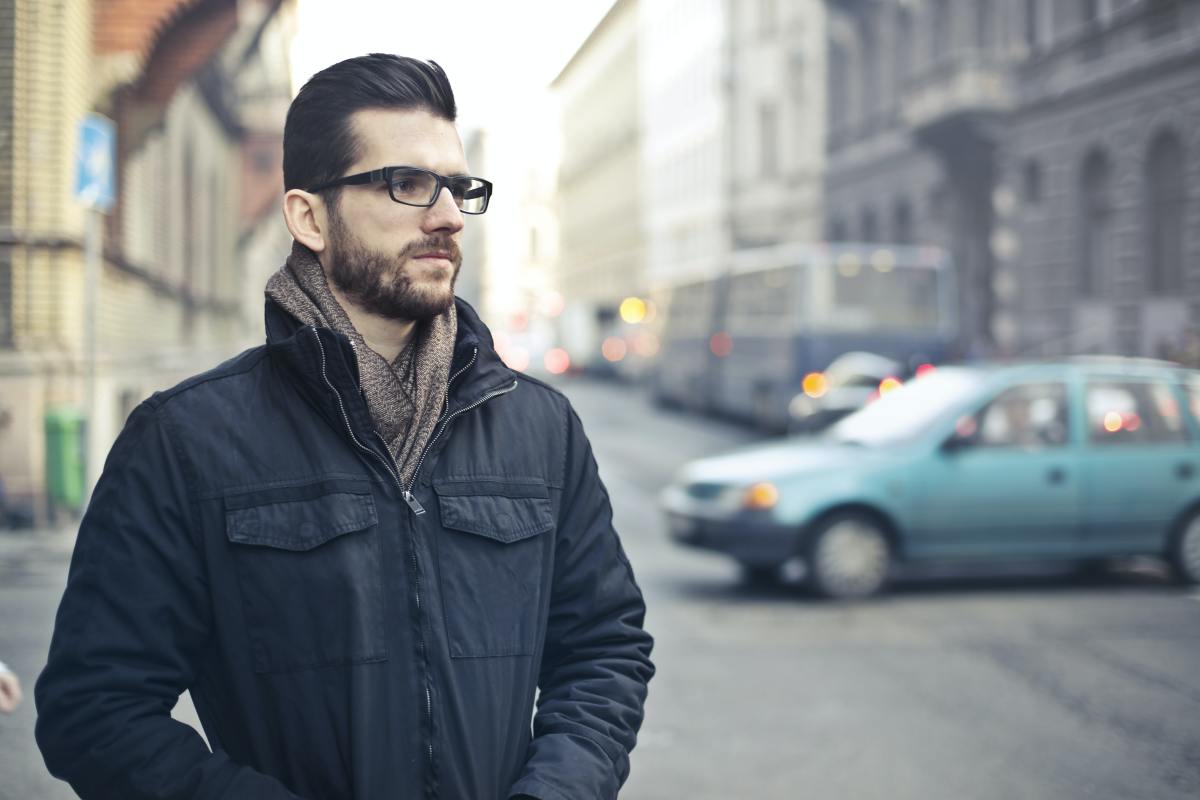Asexuality: Dispelling Myths About the Hidden Orientation
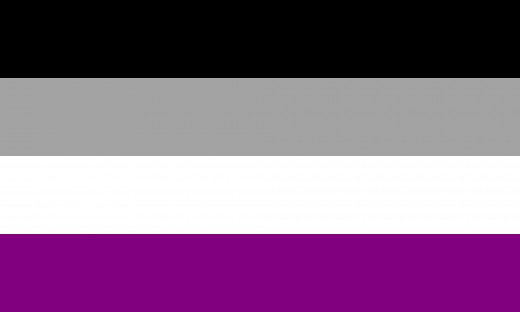
Intro
According to the Asexuality Visibility and Education Network (AVEN), asexuality is defined as "someone who does not experience sexual attraction." Various studies have shown that approximately 1 in 100 people are asexual. That is higher than the number of people who identify as transgender (roughly 0.6%), and may be higher still, accounting for those who are asexual but are not aware that the orientation exists. Asexuality has not attracted as much attention in the media as the other sexualities under the LGBT+ umbrella, leaving people to believe stereotypes and misconceptions that are not always true, such as:
"Asexuality is a Recent Invention"
Yes, asexuality is a new letter in the LGBT+ community, but it wasn't invented by far-left "social justice warriors" as a plea for attention. In 1948, Alfred Kinsey included asexuality in his research about sexual behavior. The Kinsey scale is a spectrum of sexual orientation, where 0 is strictly heterosexual, 3 is equally hetero- and homosexual (or bisexual), and 6 is strictly homosexual. He theorized that most people fall somewhere in the middle of 0 and 6, but additionally, he used the letter "X" to define someone who has no sexual desire.
"Asexuality is the same as celibacy."
Nuns, priests, and anyone saving sex for marriage (unless they are asexual themselves), are still sexually attracted to people, but they choose not to pursue them for religious or philosophical reasons. For an asexual person, the desire to experience sexual intimacy with others is absent, whereas a religious person may suppress their urges through prayer, meditation, or other means. Celibacy is a choice. Some asexuals are also celibate, but some are sexually active as well, in order to please their partners or to enjoy the physical act itself.
"Asexuals do not desire romantic relationships."
This is not entirely false. Some don't. They are called aromantic asexuals. Each sexual orientation has a romantic orientation to match it. For example, a biromantic asexual is interested in pursuing romantic relationships with both men and women. Additionally, some people identify as demisexual, where sexual attraction does not develop until an emotional connection has been formed. Relationships look different for every person who chooses to pursue one. Sometimes the couple will choose an open or polyamorous relationship. Some sex-favorable asexuals are willing to compromise and have sex, even if they would be content to live without it. Others prefer only dating fellow asexuals or people for whom sex isn't a priority.
"Asexuality is a mental illness."
While asexuality shares many of the symptoms of Hypoactive Sexual Desire Disorder, it differs for one main reason: A mental illness requires symptoms that are distressing to the patient. Most asexuals do not experience personal distress regarding their lack of attraction. They may experience negative emotions after being rejected or criticized for their sexuality, but most are content to remain how they are. Also, asexuality tends to be a lifelong orientation, whereas HSDD appears later in life after the patient has experienced a typical level of sexual desire.
Conclusion
Though discrimination does exist, especially in the form of sexual harassment by people who think they can "cure" asexuality (similar to the discrimination experienced by lesbians), most negative comments toward asexuals are made out of ignorance. This is slowly changing, with more Pride festivals and queer-friendly spaces being more welcoming of asexuality, and a handful of asexual characters appearing in the media. The "A" in LGBTQIA is small and misunderstood, but it exists.
For more information, visit AVEN at:
- The Asexual Visibility and Education Network | asexuality.org
The Asexual Visbility and Education Network hosts the world's largest online asexual community and archive of resources on asexuality.
